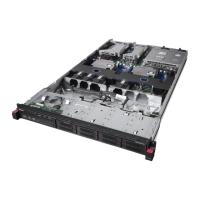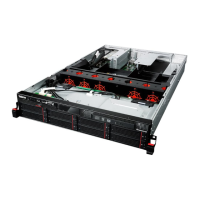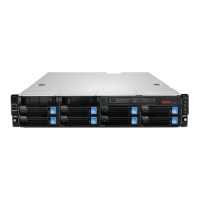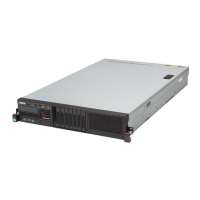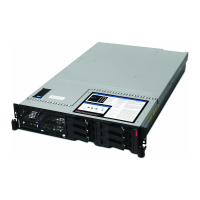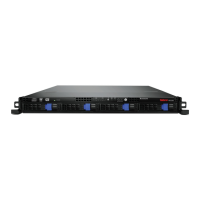Page 76
MegaRAID SAS Software User GuideChapter 4: WebBIOS Configuration Utility
| Creating a Storage Configuration
Figure 37: RAID 1 Configuration Preview
11. Check the information in the configuration preview.
12. If the virtual drive configuration is acceptable, click Accept to save the
configuration. Otherwise, click Back to return to the previous screens and change
the configuration.
13. If you accept the configuration, click Ye s at the prompt to save the configuration.
The WebBIOS main menu appears.
4.5.3.3 Using Manual
Configuration: RAID 5
RAID 5 uses drive striping at the block level and parity. In RAID 5, the parity information
is written to all drives. It is best suited for networks that perform a lot of small
input/output (I/O) transactions simultaneously. RAID 5 provides data redundancy, high
read rates, and good performance in most environments. It also provides redundancy
with lowest loss of capacity.
RAID 5 provides high data throughput. RAID 5 is useful for transaction processing
applications because each drive can read and write independently. If a drive fails, the
RAID controller uses the parity drive to recreate all missing information. You can use
RAID 5 for office automation and online customer service that require fault tolerance.
In addition, RAID 5 is good for any application that has high read request rates but low
write request rates.
When you select Manual Configuration and click Next, the Drive Group Definition
screen appears. You use this screen to select drives to create drive groups.
1. Hold <Ctrl> while you select at least three ready drives in the Physical Drives panel
on the left.

